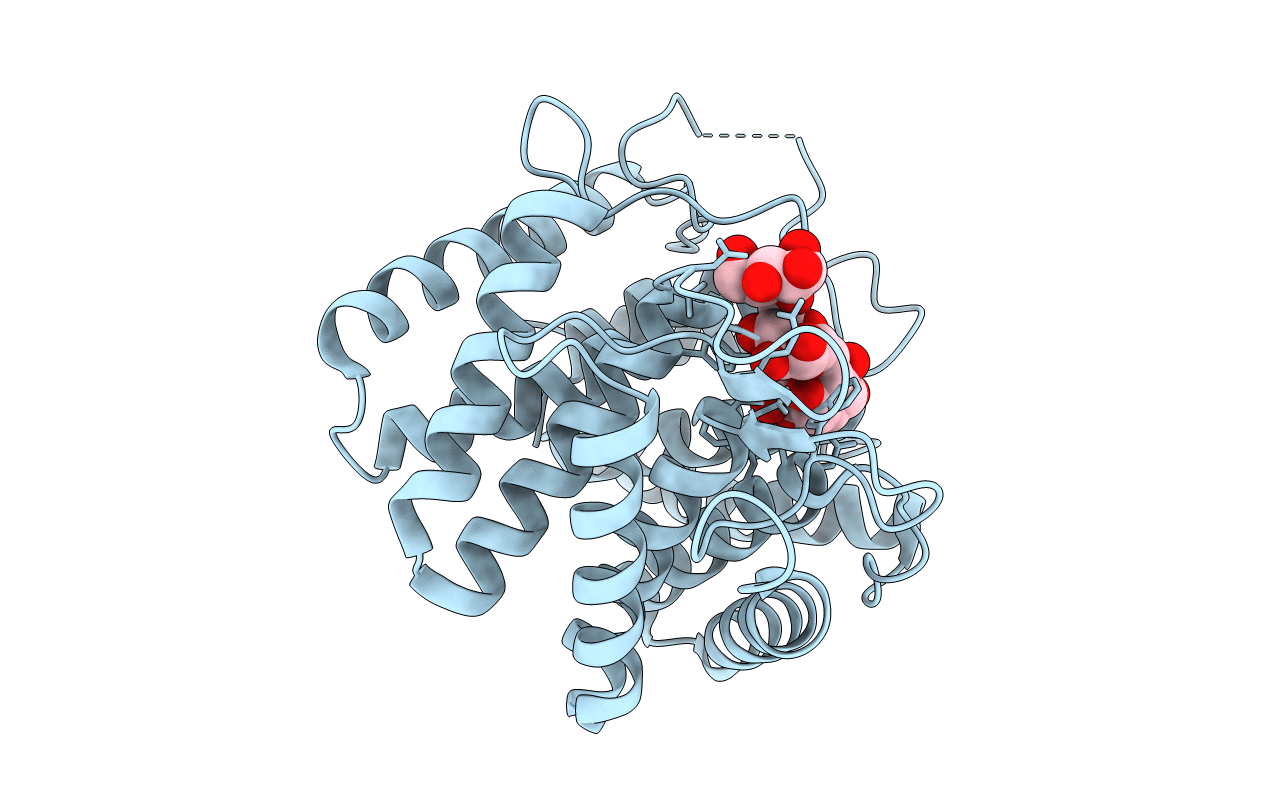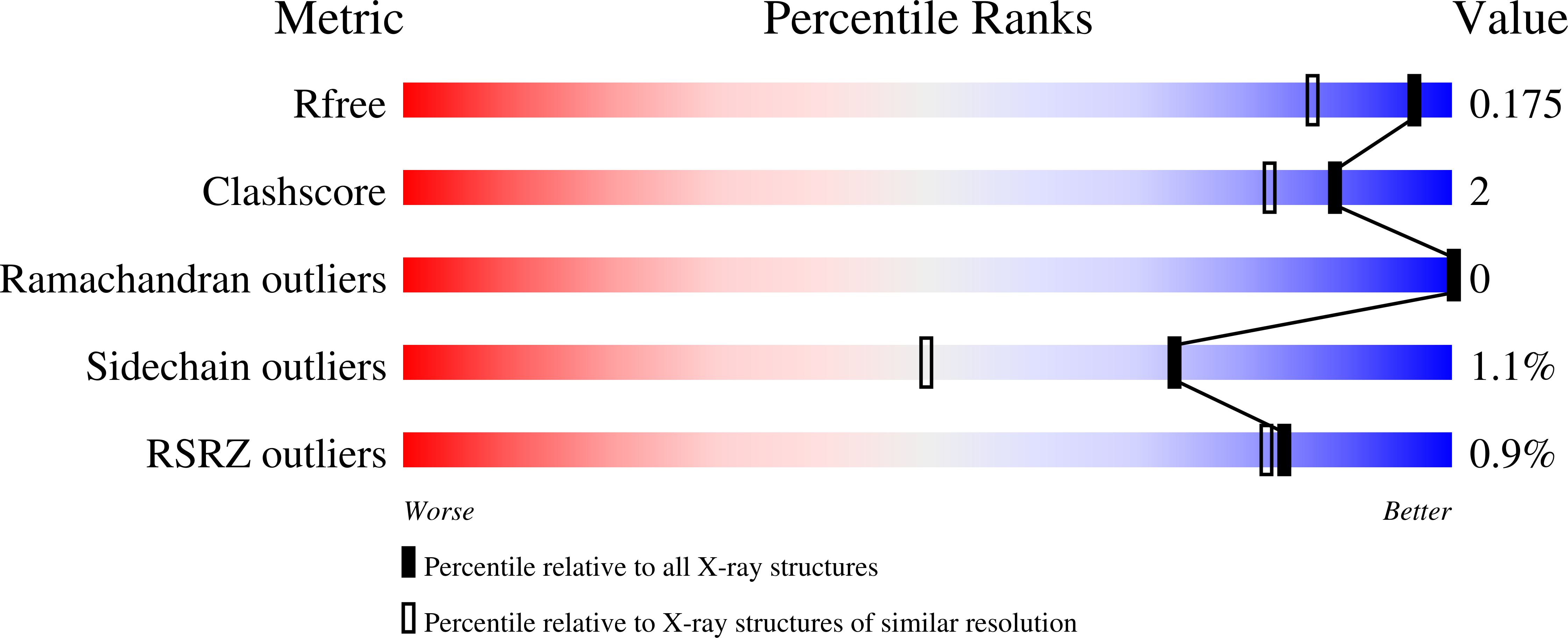
Deposition Date
2021-02-22
Release Date
2021-04-28
Last Version Date
2024-10-16
Entry Detail
PDB ID:
7NL5
Keywords:
Title:
Structure of the catalytic domain of the Bacillus circulans alpha-1,6 Mannanase in complex with an alpha-1,6-alpha-manno-cyclophellitol trisaccharide inhibitor
Biological Source:
Source Organism:
Bacillus circulans (Taxon ID: 1397)
Host Organism:
Method Details:
Experimental Method:
Resolution:
1.40 Å
R-Value Free:
0.17
R-Value Work:
0.14
R-Value Observed:
0.14
Space Group:
P 1 21 1


